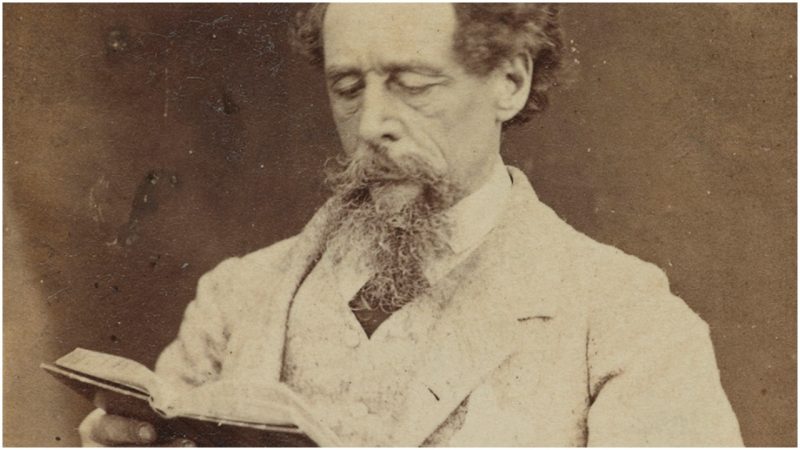In the autumn of 1843, before writing A Christmas Carol, Charles Dickens was at something of a crossroads in his writing career. At the age of 31, he enjoyed literary fame due to the success of The Pickwick Papers and Oliver Twist, but his latest novel, Martin Chuzzlewit, was not selling well in serialized form, and Dickens feared that his popularity was sinking.
He also had money problems. Dickens had a wife and four children to support; in late 1843 his wife, Catherine, was pregnant with their fifth. Dickens had just returned from a year-long trip to the United States that had been quite costly. His idea was to rent the family’s London home and for the family to retreat to the Continent for a year, but for that he needed funds.
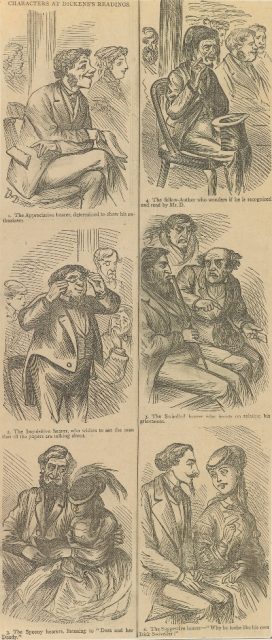
So Charles Dickens needed a hit and quickly, but it’s doubtful that in his most extreme fantasies, he could have foreseen the success and lasting cultural impact of A Christmas Carol.
At this time of year, attention often turns to Dickens’s novel of Ebeneezer Scrooge, which gives us a superlative ghost story while introducing so many things that make up a “Merry Christmas.” We enjoy the novel, the many film versions (while arguing over which actor is the best Scrooge), the new theatrical adaptations, even the cartoons.
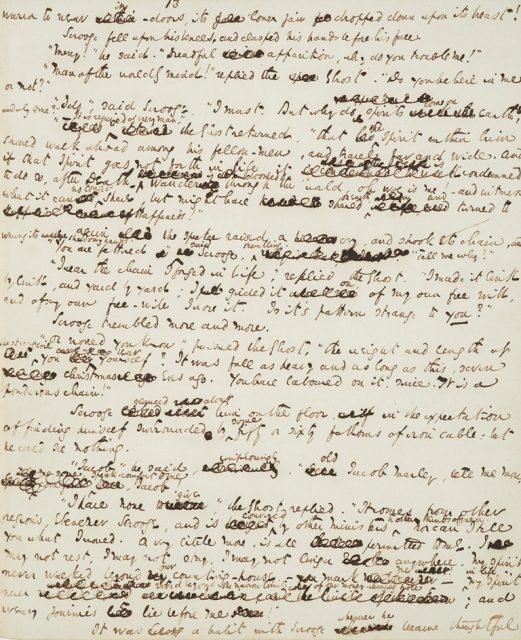
The original Dickens’ manuscript is owned by the Morgan Library and Museum in New York City, one of its prized possessions, and from November 3, 2017, to January 14, 2018, the manuscript showing Dickens’ own corrections is on display in the exhibition “Charles Dickens and the Spirit of Christmas.”
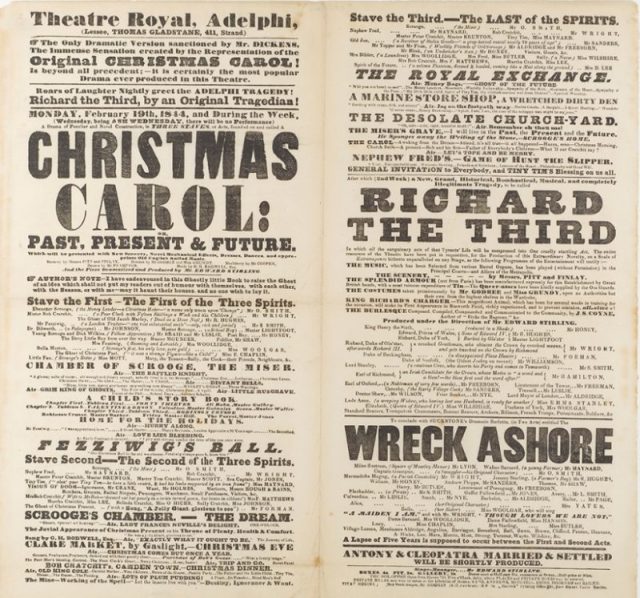
Dickens was always preoccupied with the poor of England, especially in London and other cities. The country was going full tilt as an industrialized society, but that meant brutal working schedules for many, often 16 hours a day in the factories for six or seven days a week. “Child labor at the time was synonymous to slavery,” wrote scholar Dr. Anindita Dutta. “Children were subject to inhuman conditions and exploitation.”
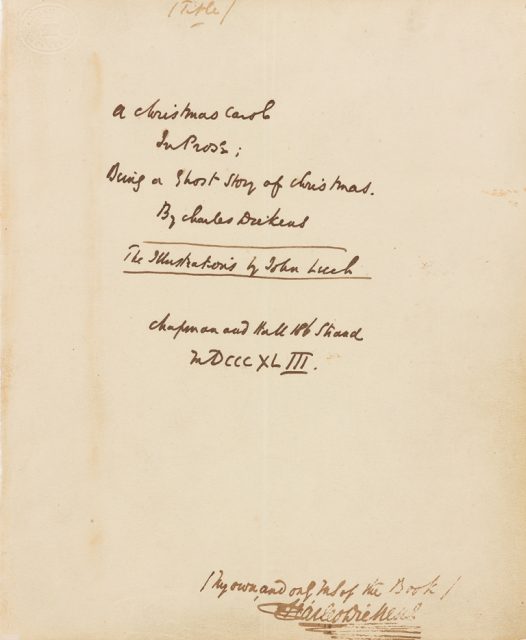
Some politicians, artists, and writers called for reform, but many others felt that there was no need to protect children from parents or guardians forcing them to work.
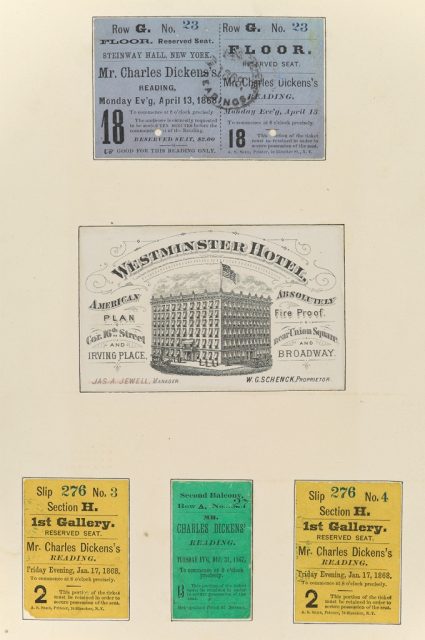
The 1834 New Poor Law did much to criminalize poverty. In the “workhouse,” where families fallen on hard times were forced to live, conditions were kept as unpleasant as possible without actually killing people on order to make sure the message was clear. Inmates of the workhouse were fed three meals a day of thin gruel, with an onion twice a week and on Sundays perhaps a roll.
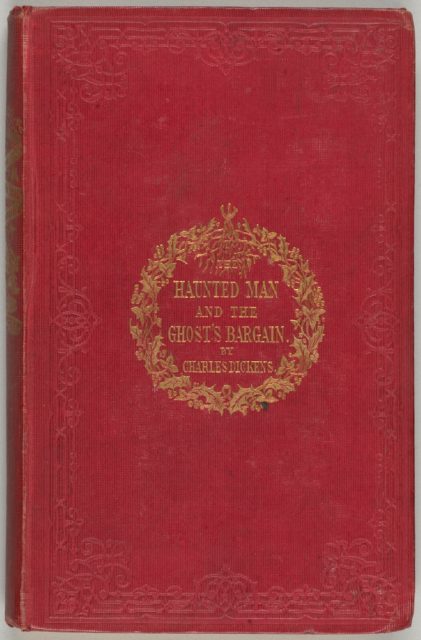
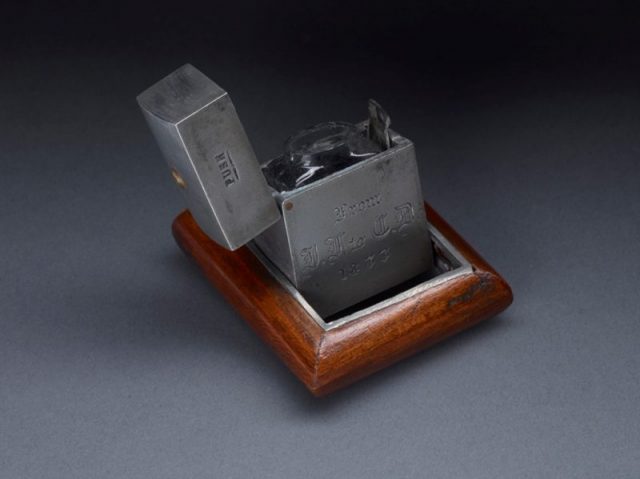
Dickens had experienced poverty firsthand. When he was 12, he was removed from school and sent to work at a blacking factory for at least 10 hours a day, six days a week. At the time, his father, John Dickens, was sentenced to Marshalsea Prison because he couldn’t pay a debt of 40 pounds; his wife and children joined him there, while Charles lived alone in lodgings nearby, under pressure to help his father relieve the debt, which was the only way out of prison. The memories of this time scarred him for the rest of his life: “My whole nature was so penetrated with brief and humiliation.”
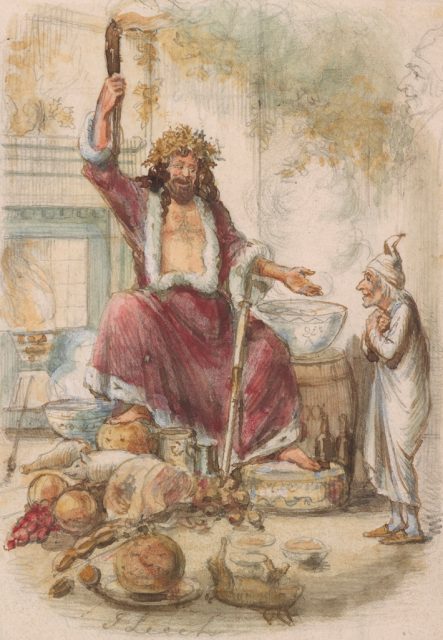
By the time of the writing of A Christmas Carol, England was in the grip of “the hungry 1840s.” Despite punitive measures—or perhaps because of them—there was rising unemployment and malnutrition.
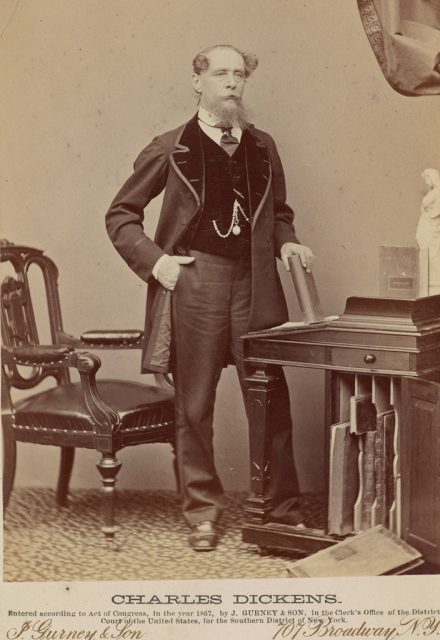
In September 1843, Dickens visited the Samuel Starey’s Field Land Ragged School, where the most deprived children of London’s slums were taught lessons. He was disturbed by what he saw, and decided to tackle the gross unfairness of London society, its greed and callousness, in his book. “He had an idea of the state as a bad and neglectful parent of the poor,” wrote Michael Slater in his biography Charles Dickens.
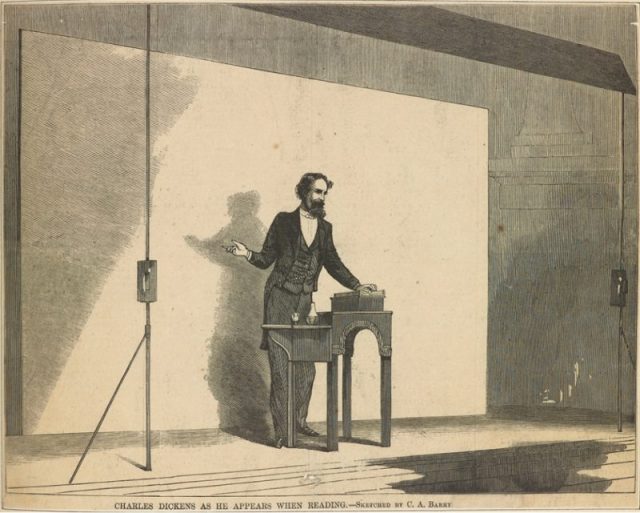
Dickens wrote A Christmas Carol in six weeks, writing intensely from about 9 AM to 2 PM every day, followed by long, brainstorming walks, as far as 20 miles. He penned it in black ink, with a goose quill. There was no outline, no first drafts. He wrote the novel in one sustained effort, making numerous corrections in the margins.
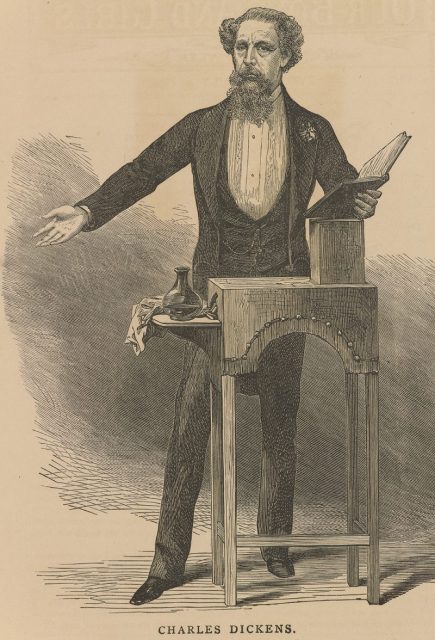
Perhaps because he was on a fierce deadline, Dickens took much from his own history to create the characters. Many believe that Bob Cratchit and his large family trembling on the brink of ruin was based on Dickens’ own father, the hapless clerk John Dickens. “He had begun, from the time of writing A Christmas Carol onwards, to draw on his own early life for fictional purposes at a much deeper level than before,” said biographer Michael Slater. “It comes closer here to the factual sufferings of his childhood than ever before.”
When finished, A Christmas Carol was 68 pages long, what would now be called novella length. Incredibly, he conveyed it to a publisher on December 2nd and it was available for the reading public to purchase on December 19th.
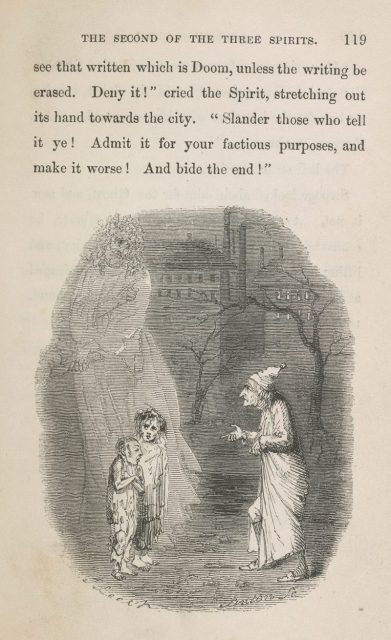
The book met with universal delight, and sold 6,000 copies in five days. By Christmas Eve it was sold out and new printings ordered. Dickens was very pleased by the reviews—“a most prodigious success, the greatest, I think, I have ever achieved”—but upset that initially, the book did not fulfill his goal of making him a lot of money.

Dickens himself was responsible, for he had taken control of the printing details, and he insisted on expensive production, with salmon-colored cloths and finely detailed colored etchings, but a relatively low price of five shillings. This meant a very narrow margin of profit. After deducting all of his expenses, Dickens made a grand total of 137 pounds from A Christmas Carol in its first round of publication.
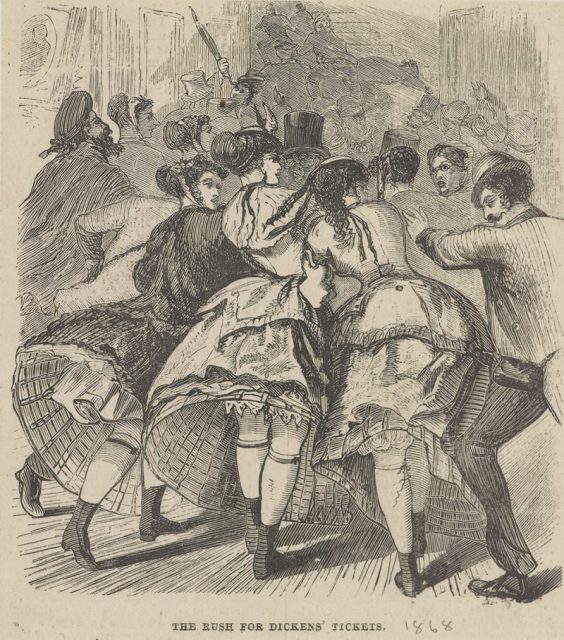
“What a wonderful thing it is, that such a great success should occasion me such intolerable anxiety and disappointment!” he wrote of his sales.
Charles Dickens did come around to believing that his creation of A Christmas Carol was well worth his time. Most immediately, it initiated the lucrative series of Christmas books that he wrote over the next few year. The Chimes (1844), The Cricket on the Hearth (1845), The Battle of Life (1846), and The Haunted Man (1848) are all on display at the Morgan Library and Museum, along with the first one, the book that has never gone out of print: A Christmas Carol.
